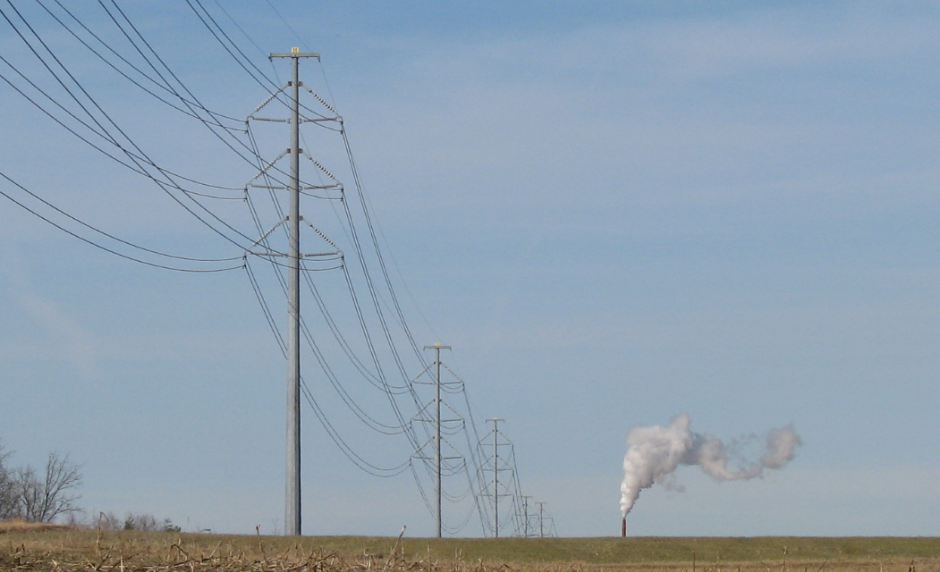When customers ask about our services, we consistently encounter one question: "What's your lead time?" Lead time is a crucial factor that influences the decision-making process for companies when looking for bids for a project. But what determines lead time?
Lead time is susceptible to change due to various market conditions, including inflation rates, demand, availability of raw materials, and other external factors. The demand for steel transmission lines has seen an increase in the previous few years and is forecasted to continue to grow by an even greater percentage in the coming years.
According to several studies, including a draft study from the U.S. Department of Energy titled “National Transmission Needs Study”, a growing need for transmission buildouts will double or even triple the existing transmission grid in the next 10 to 20 years. This results in, at a minimum, tripling the current level of transmission investment (estimated at $25 billion /year) for the foreseeable future. Additionally, up to 50% of the current transmission lines are nearing the end of their economic life and will require upgrades and replacements. This will create a surge in demand and increase lead times as suppliers try to keep up.
In addition to the market conditions, other factors can influence the lead time for your specific projects, such as the complexity and size of the project, the design specs, and the materials required.
Tips to Help You Get the Best Lead Time
So how can you help your project move faster? Here are some tips:
1. Plan ahead
The best way to reduce lead times is to plan your project well in advance and order your steel transmission structures as early as possible. This can help you secure prices, availability, delivery dates, and avoid potential delays due to market fluctuations or supply chain disruptions. It's important to consider this factor for all other components of your project as well, to ensure that everything fits together perfectly.
2. Choose the right supplier
Not all steel pole suppliers are equal. You want to choose a supplier with the experience, capacity, quality, and service to meet your needs. Look for a supplier who can offer you a variety of options and is willing to be flexible. You also want a supplier who can provide accurate and transparent information on their lead times, inventory levels, production schedules, and delivery options.
3. Be prepared
Gather full fabrication drawings or required engineering data prior to Request for Quotation. When design is required being prepared with the following items can help speed up the design process:
- Technical specifications
- Reduced designs
- Plan and profiles
- Loads (tensions, equipment cut sheets, environmental loads, etc.)
Efficiently navigating supplier lead times is crucial to keep your projects on schedule and to ensure uninterrupted operations. By implementing these strategies, you can proactively prepare your project and stay ahead of the curve as the expected surge in demand approaches. Reach out to DIS-TRAN Steel today to find out our current lead times and ensure you stay informed and well-prepared.

